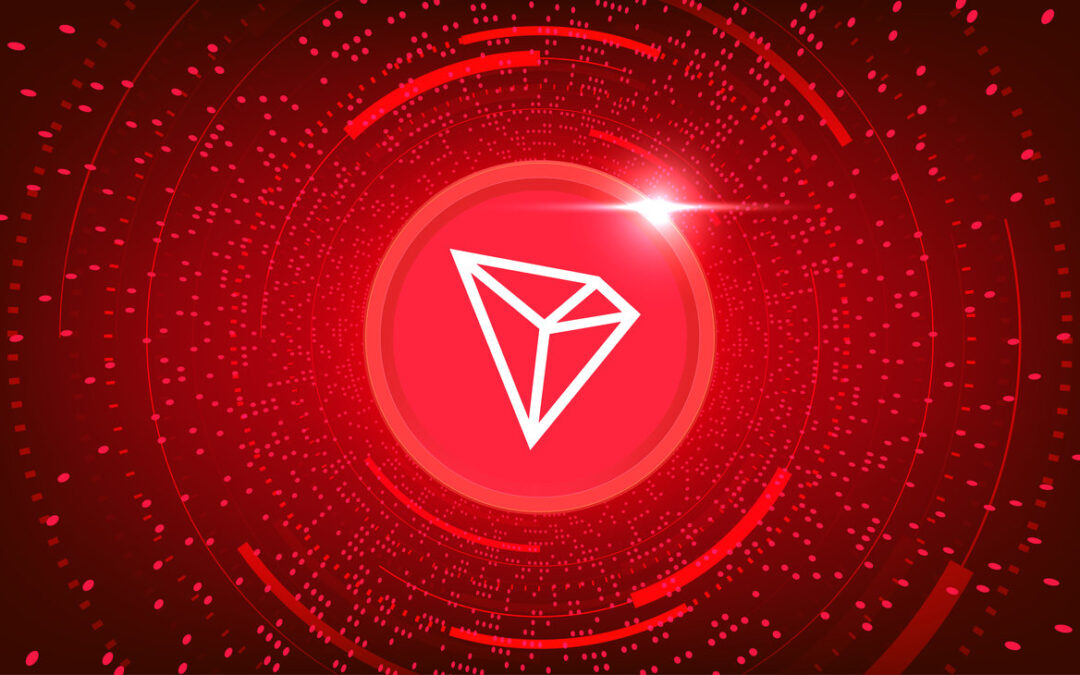Staking on TRON is one of those things that keeps coming up in conversations. A lot of users look into it when they want to cut down on transaction costs or just make transfers smoother. For that reason, many guides start with the same advice: consider ways to staking trx early, before running into problems with fees or failed transfers.
How staking actually works
The idea is straightforward. When TRX gets frozen, the account earns energy and bandwidth credits. Those resources act like fuel, letting transactions go through without burning small amounts of TRX every single time. During the freeze, tokens can’t be moved, but the benefit is steady savings.
There’s also a governance angle. Staked TRX translates into votes, and those votes go toward choosing Super Representatives. In practice, staking combines cost control with influence over how the network evolves.
Why people bother with it
Most users point to three main reasons:
- Lower costs — fewer tokens lost to burns.
- Influence — a voice in community decisions through voting.
- Possible rewards — depending on the method, staking can generate extra perks.
It’s not just about saving TRX, but also about feeling connected to the bigger picture.
Things to keep in mind
Once tokens are locked, they stay frozen until the unfreeze period is done. That limits flexibility. If the market spikes during that time, selling instantly isn’t an option. Because of that, a lot of people mix strategies: freeze part of their balance and keep the rest liquid for emergencies.
Different ways to stake
| Approach | What it means | Upside | Downside |
| Minimal staking | Freeze just a small amount | Keeps fees low | Little voting power |
| Partial staking | Mix staked and liquid | Balance between savings and flexibility | Needs planning |
| Full staking | Lock almost everything | Maximum energy and influence | No liquidity until unfreeze |
| Exchange staking | Through centralized platforms | Easy to set up, may offer rewards | Less direct control |
Wrapping it up
TRX staking blends three things: lowering costs, gaining stability, and taking part in governance. The trick is finding the balance between liquidity and long-term benefits. For some, staking a small portion works best. For others, going heavy on staking feels worth it. Either way, it has become a quiet but essential habit for many TRON users.






